Visiting the Denver Botanic Gardens:
Things to See and Do
Visiting the Denver Botanic Gardens is my favorite activity whenever I am in Denver, Colorado. This incredibly elaborate, diverse, and beautiful garden is also easily one of my favorite gardens in the United States.
In addition to the variety of themed gardens, it also boasts North America’s largest collection of plants from cold temperate climates
In this guide, I’ll show you some beautiful photos and great things to see and do when visiting the Denver Botanic Gardens.
| Denver Botanic Gardens: Important Information | ||
|---|---|---|
| Dimensions | The garden spans an area of 23 acres (93,000 meters2). | |
| Duration | The recommended duration of visit is 2 – 4 hours. | |
| Best Time | The best time to visit is in the morning. | |
| Cost | For more information, refer to the official Denver Botanic Gardens website. | |
| Parking | There is plenty of parking right next to the garden. | |
| Special Considerations: The garden is massive. In order to maximize your experience, at least 2 hours should be allocated for the visit. | ||
Orangery
Orangeries trace back to Rennaissance Italy in 1545 as a way to help citrus trees overwinter (i.e. live through the winter). Eventually, they became permanent fixtures in gardening and some even feature elaborate displays. Orangeries often incorporate double-glazed windows (i.e. it has two parallel panes of glass) to capitalize on solar radiation.
The Monet Pool—the largest of the water gardens—is easily one of the most beautiful in Denver Botanic Gardens.
The water is black due to the addition of nontoxic, food-grade, black dye. The dye prevents sunlight from penetrating the water in order to limit algae growth. This creates a mirror-like surface that reflects the colorful plants floating on the surface, making the entire pool uniquely picturesque.
In early August, the annual Water Blossom Festival is held near the Monet Pool.
Volunteers tend to Le Potager every week. Since this garden is essentially the heart of the community, it is located toward the center of the water gardens. Naturally, it is often the most festive area.
Shofu-en Japanese Garden
In Japanese, shofu-en means “gardens of pines and wind.” Like most Japanese gardens, it incorporates shrines, stones, and ponds while inspiring a close connection with nature. By blending Japanese and American plants, it represents a merging of Eastern and Western aesthetics.
The garden is essentially a chisen-kaiyushiki, meaning “strolling garden with lake.”
Bonsai Pavillion
The art of bonsai originated in Japan over 1,000 years ago. The objective is simple: create tiny trees (i.e. “plants in trays”) that conform to Japanese aesthetic principles (proportion, symmetry, balance, and simplicity).
The bonsai collection here features Japanese, Chinese, and Rocky Mountain species. Since each bonsai requires climate conditions resembling its natural habitat, some species remain outdoors year-round.
Bonsai plants are quite incredible because they are often miniature representations of much larger plants. For instance, the Ponderosa Pine bonsai tree is based on the actual Ponderosa Pine—a tree that easily towers over 10-story buildings.
To be fair, rocks don’t really need water. Just sayin’.
In fact, due to their beauty and romantic nature, these gardens have even hosted weddings.
The Science Pyramid
The Science Pyramid “explores the ways in which the lives of Colorado’s living things are deeply intertwined through landscapes and the finite resources we share.”
The adjacent Four Towers Pool recirculates water for the waterways throughout the park.
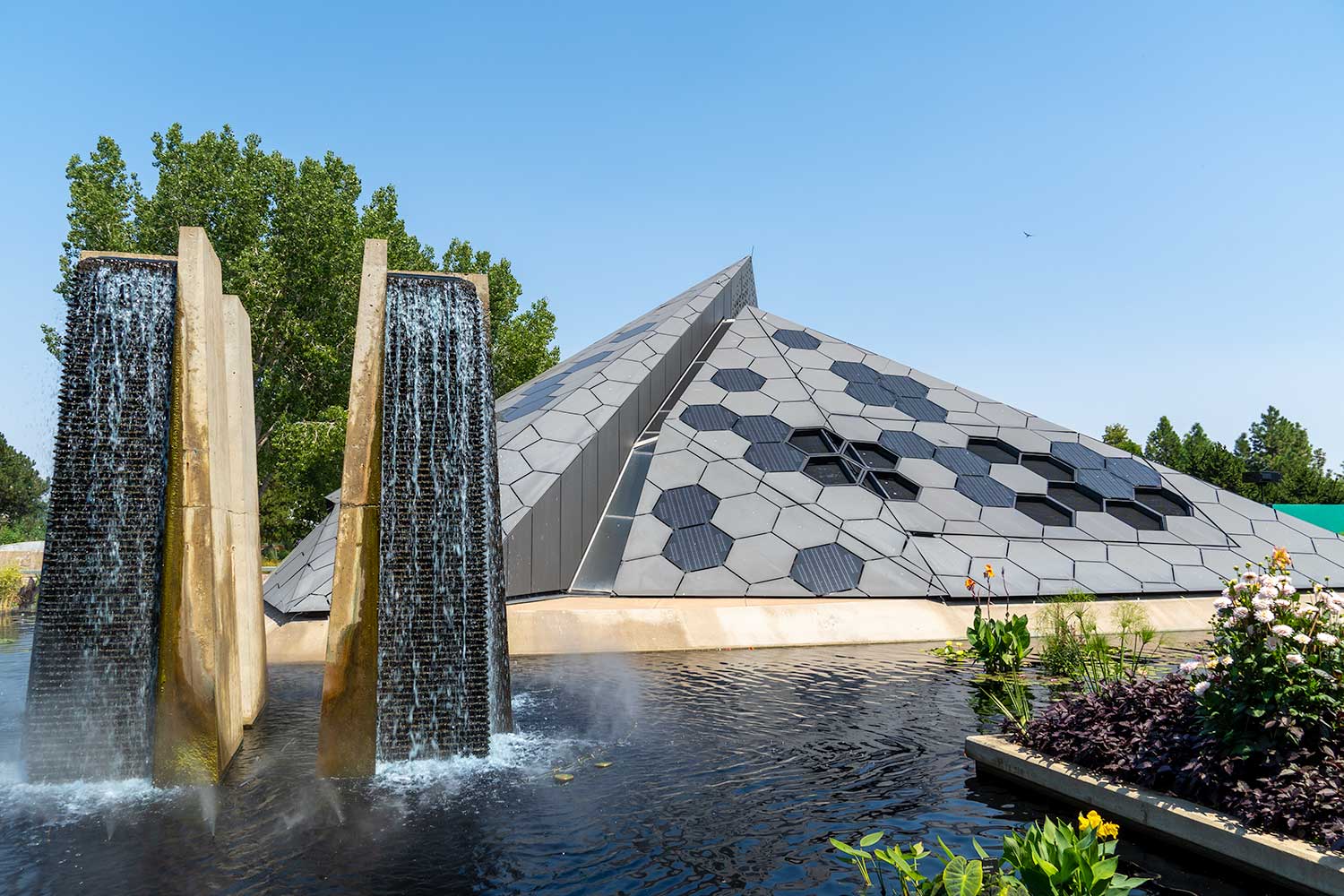 The pyramid is incredibly elaborate and contains the most information and reading material in the entire park.
The pyramid is incredibly elaborate and contains the most information and reading material in the entire park.
Despite highlighting some of the best attractions in the Denver Botanic Gardens, the photos are just a sample of all the wonderful things to see. If you are ever in the mood to see one of the most diverse gardens (and one of my personal favorites) in the United States, then I recommend visiting the Denver Botanic Gardens.

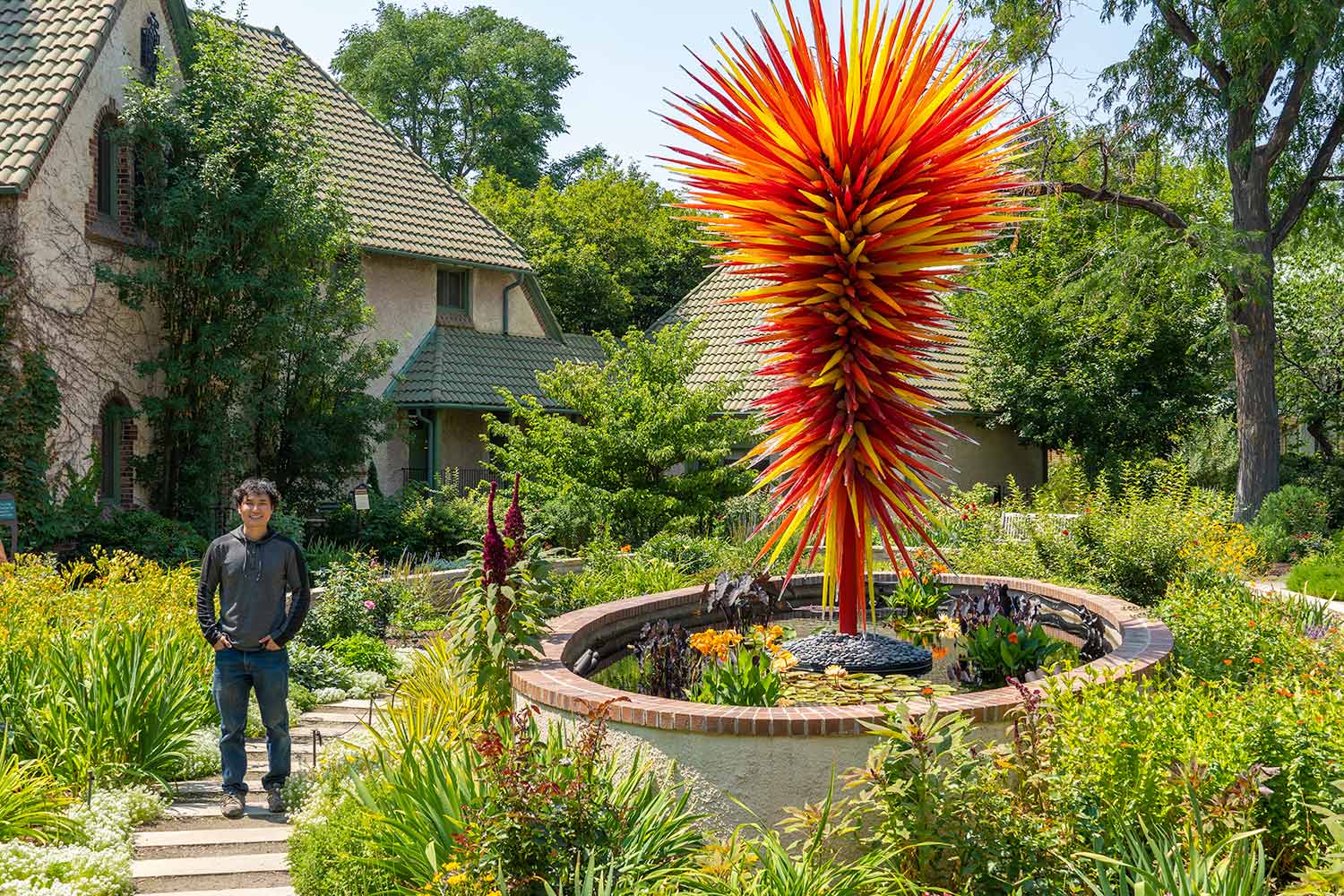
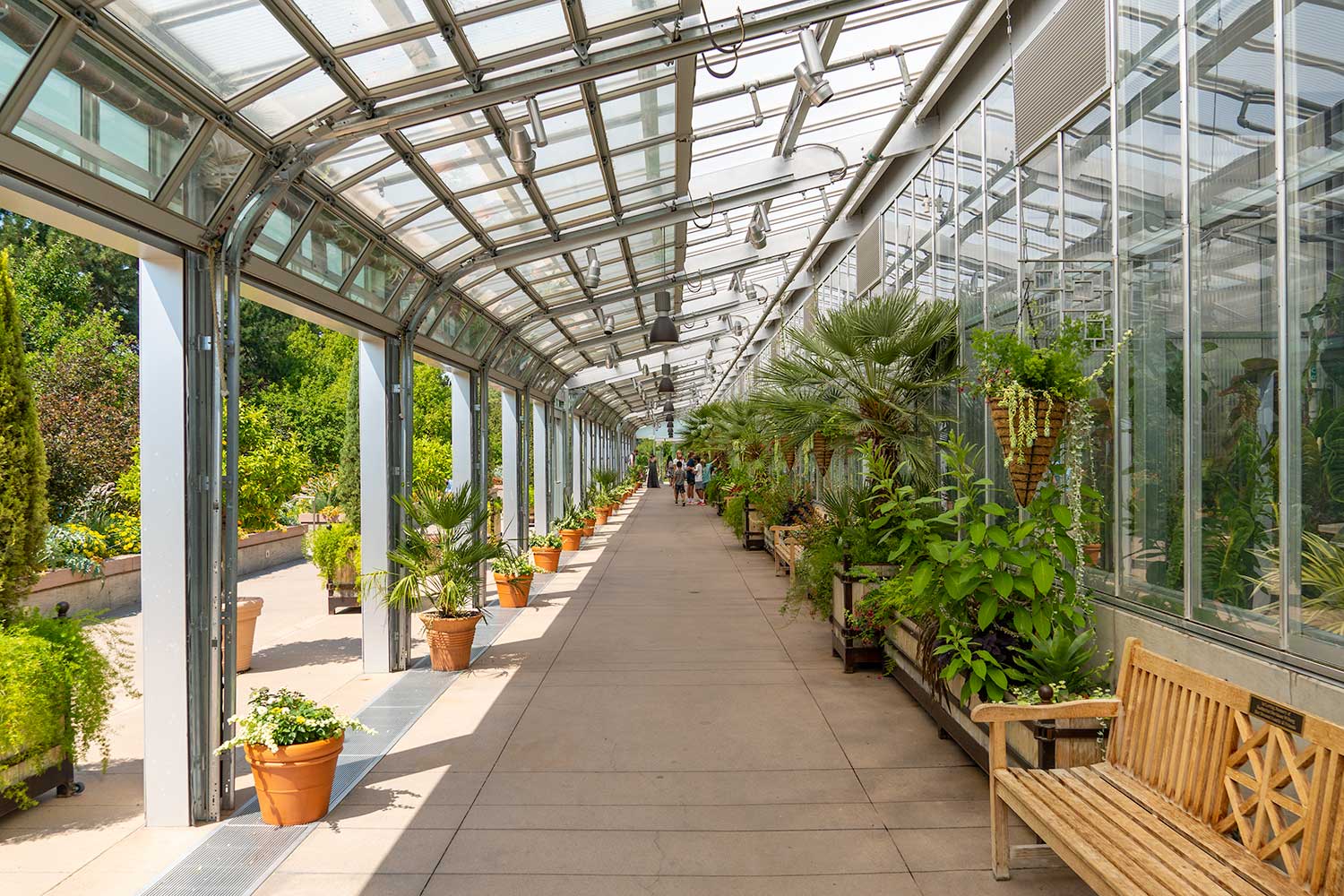

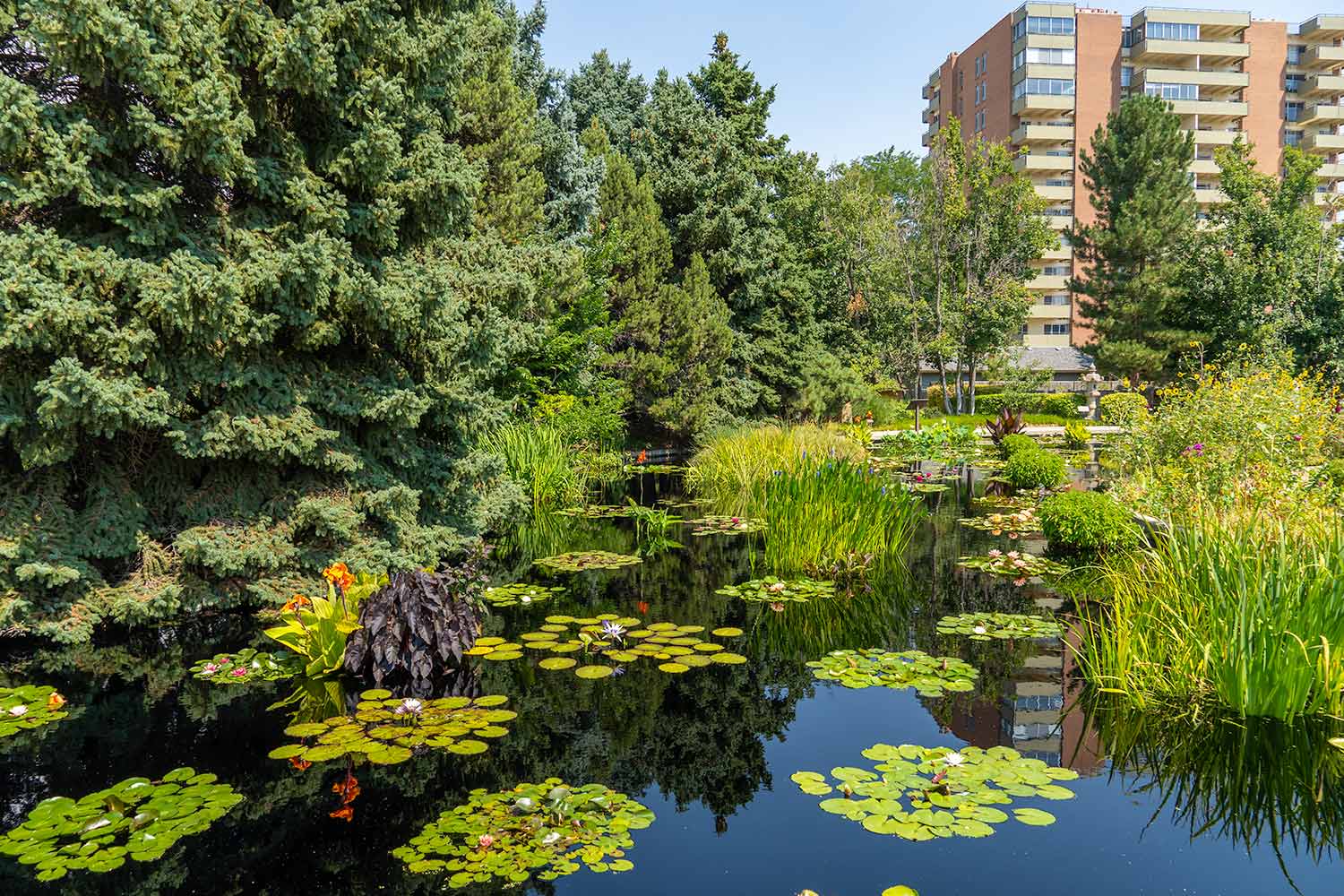
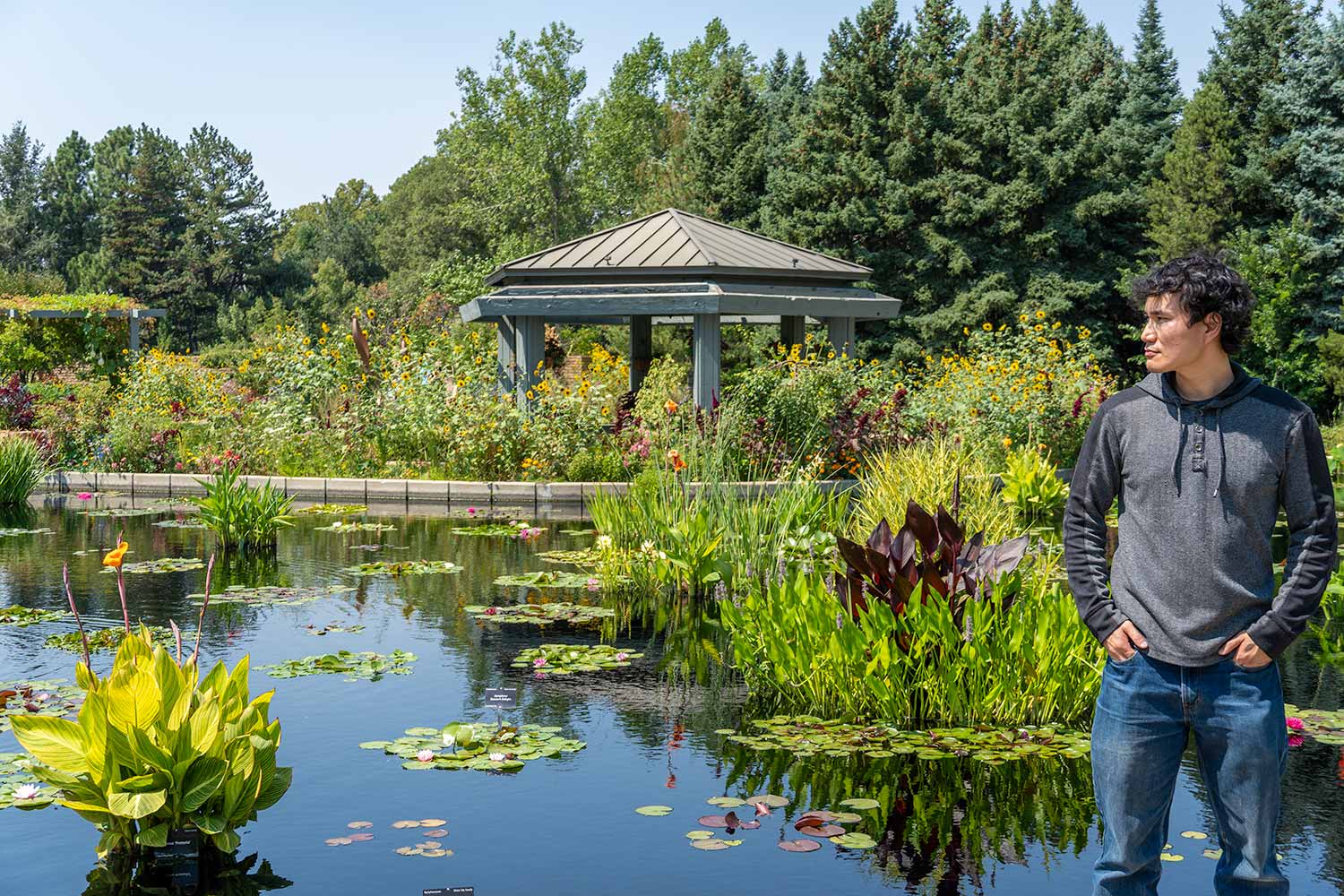
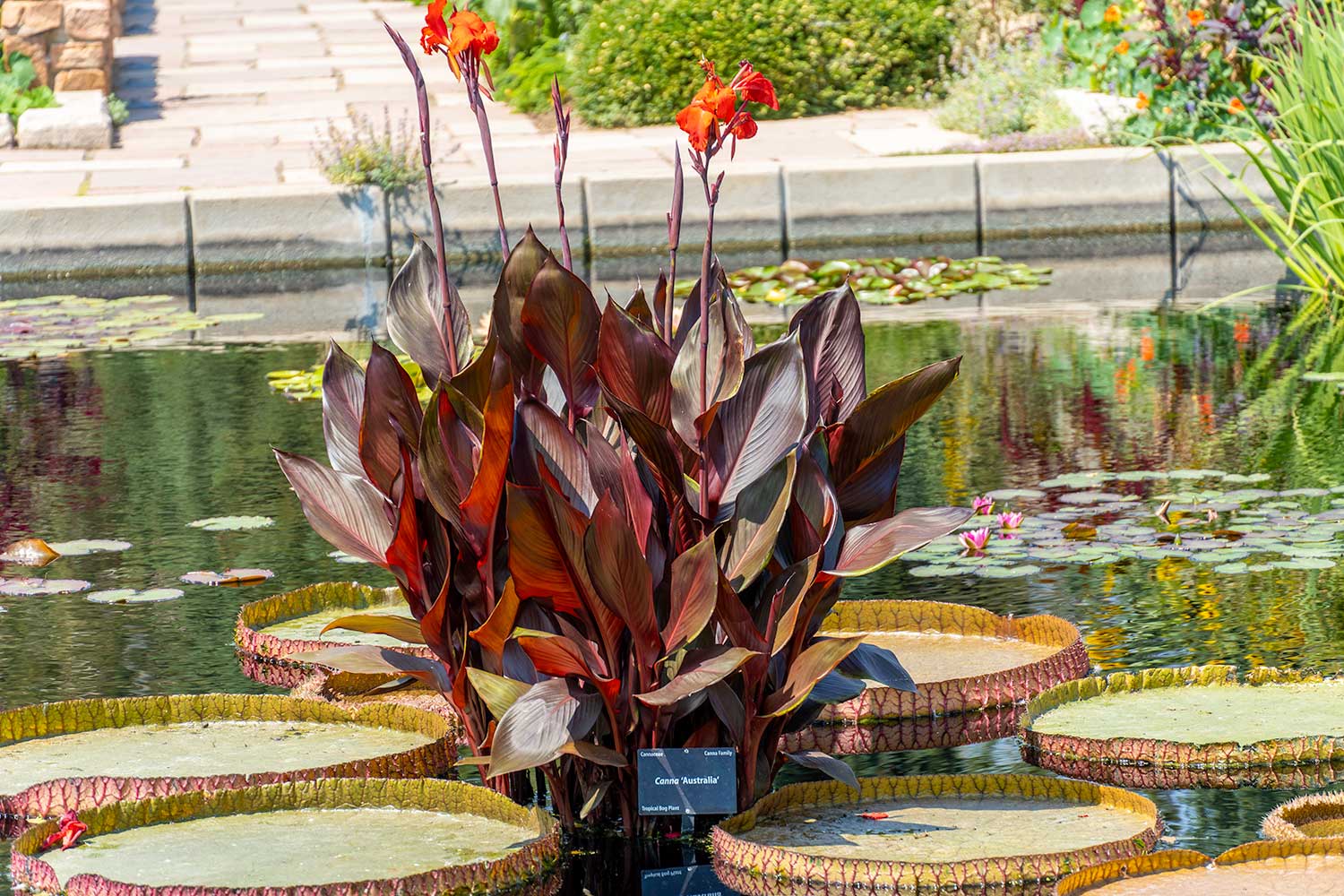
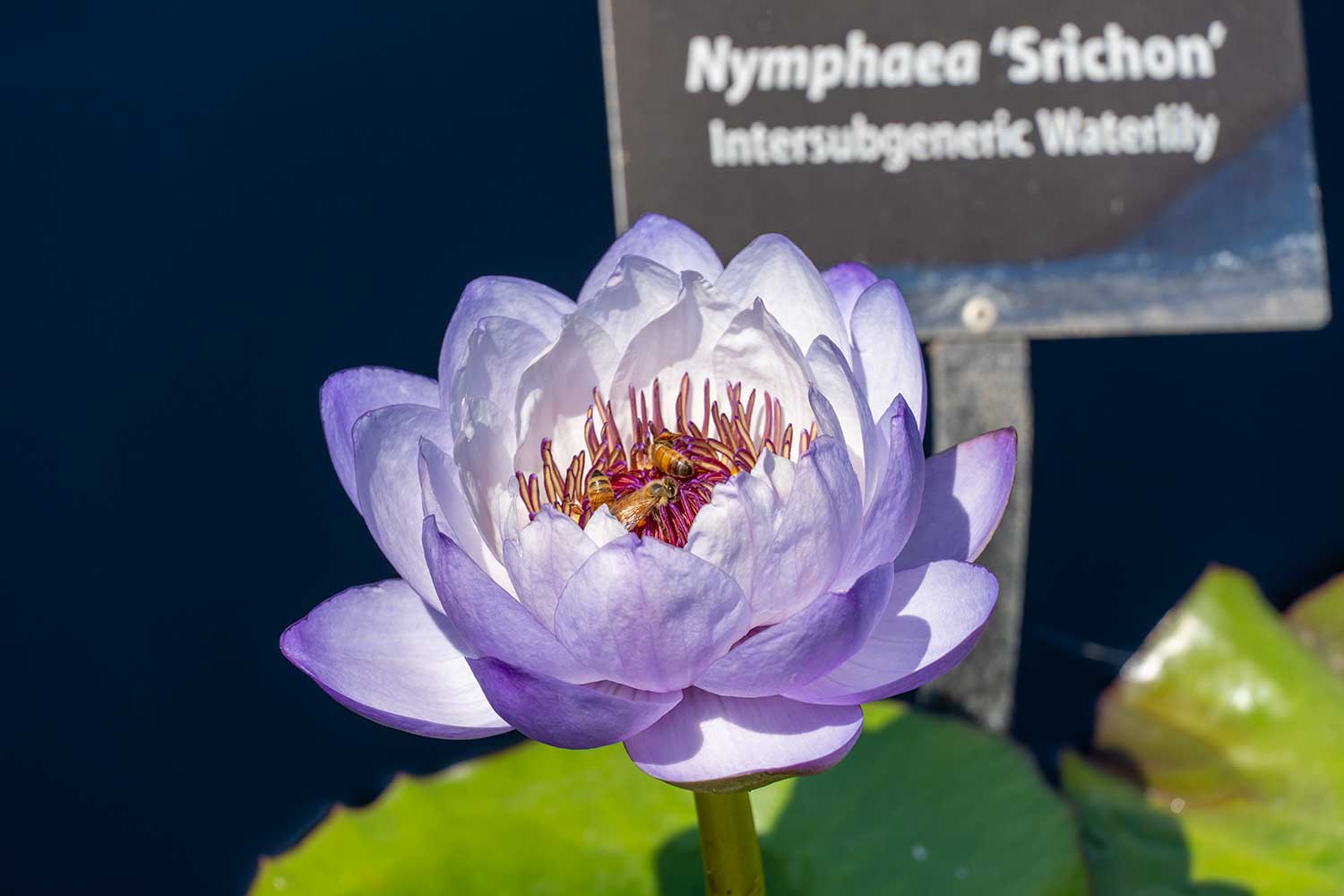
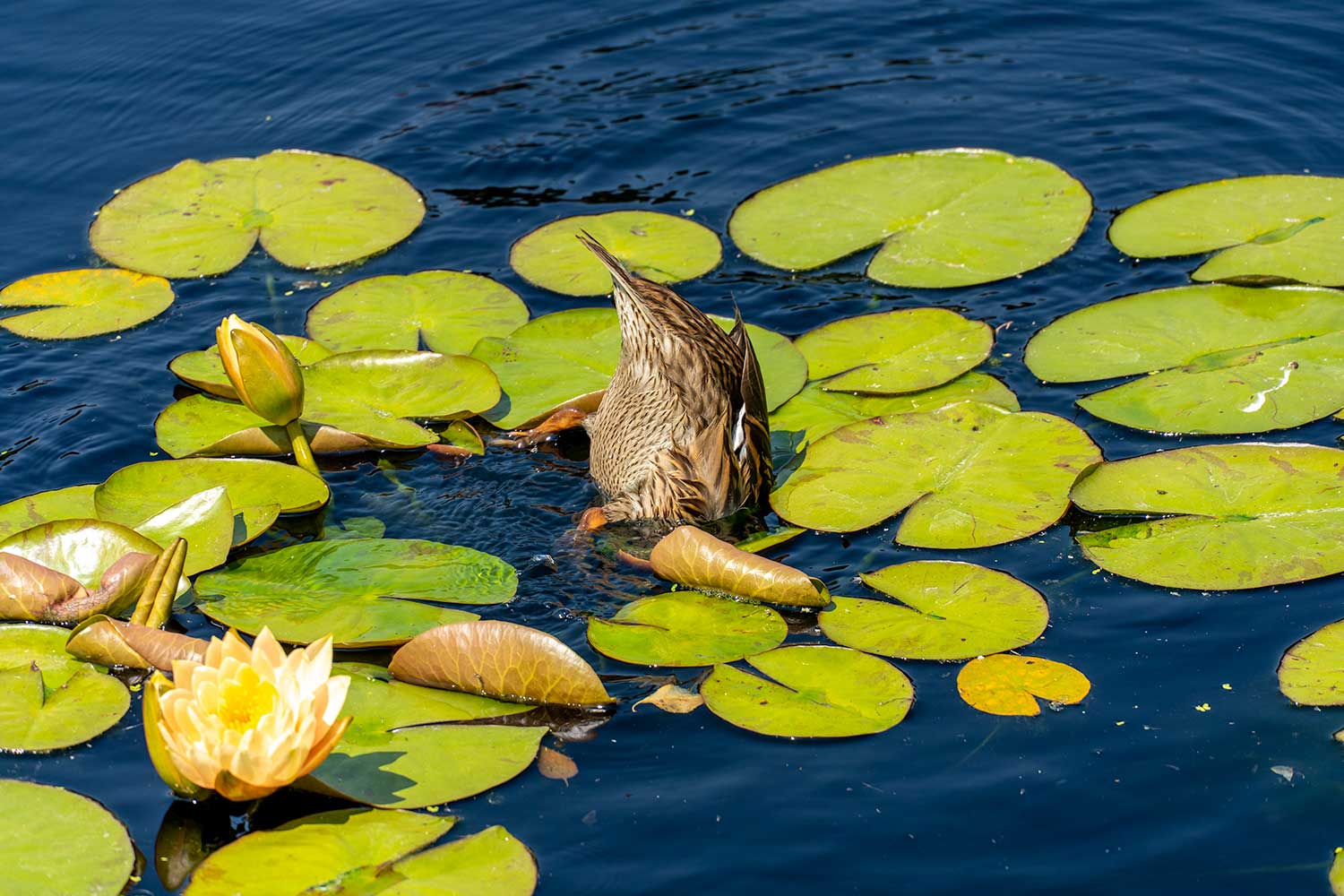
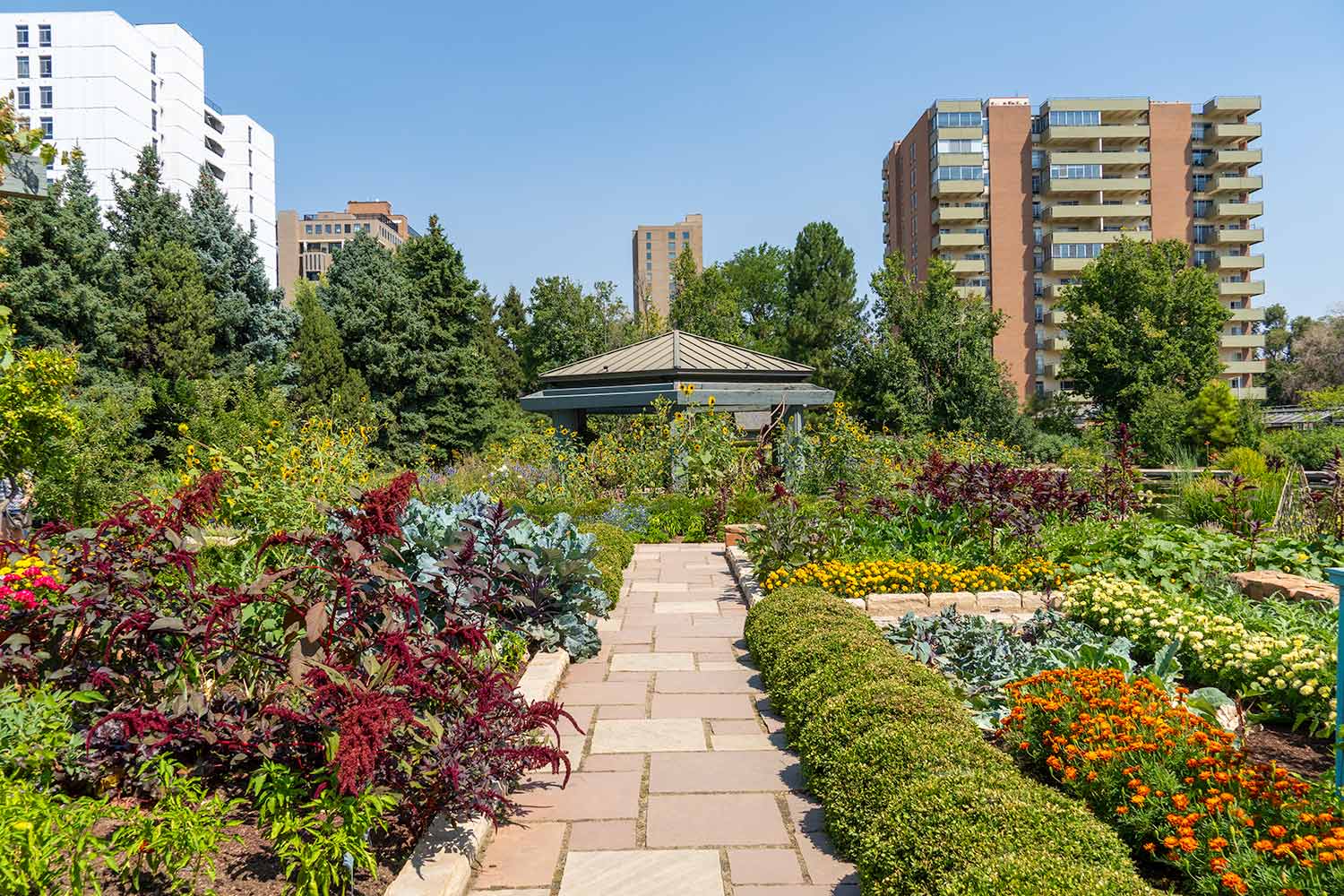
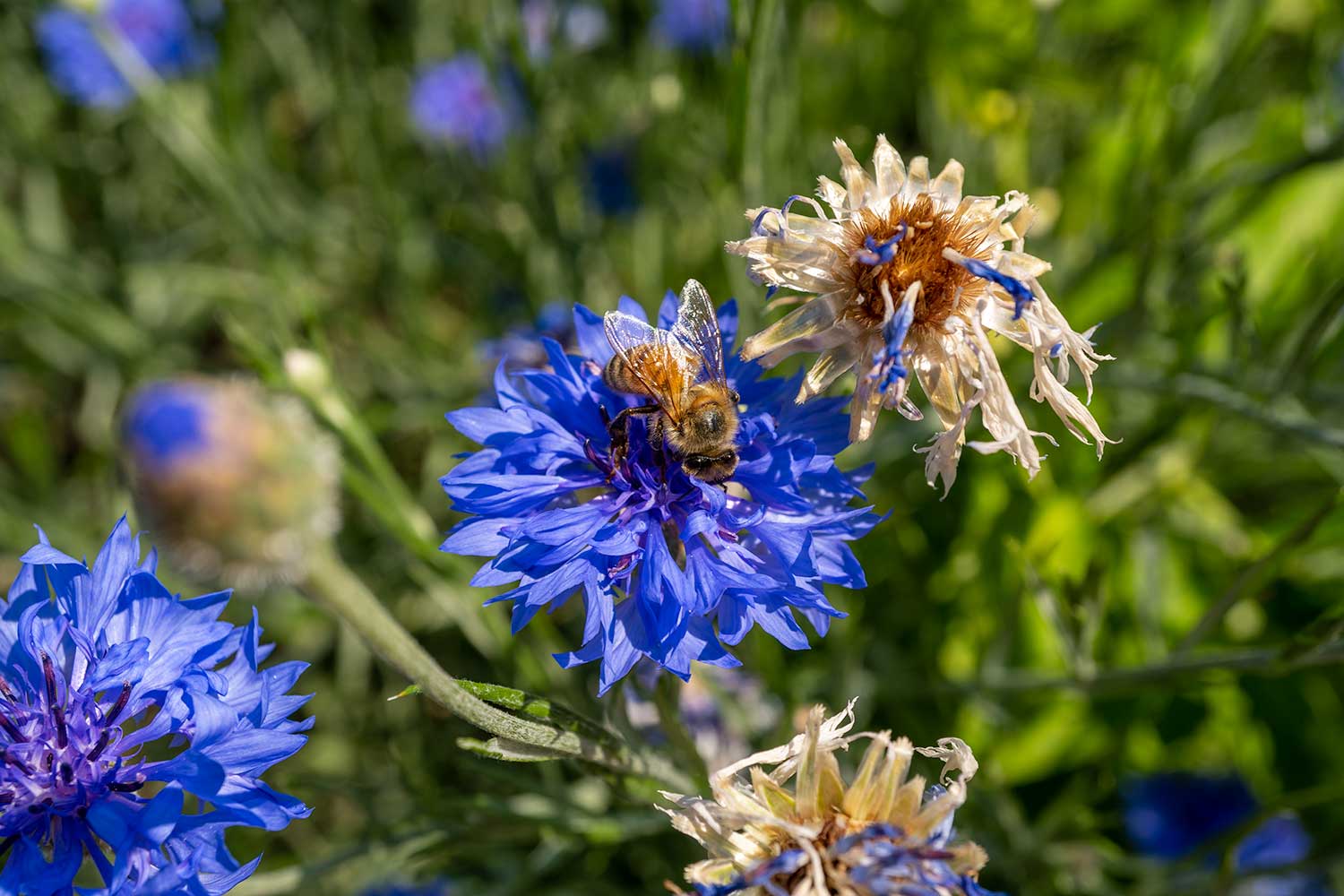
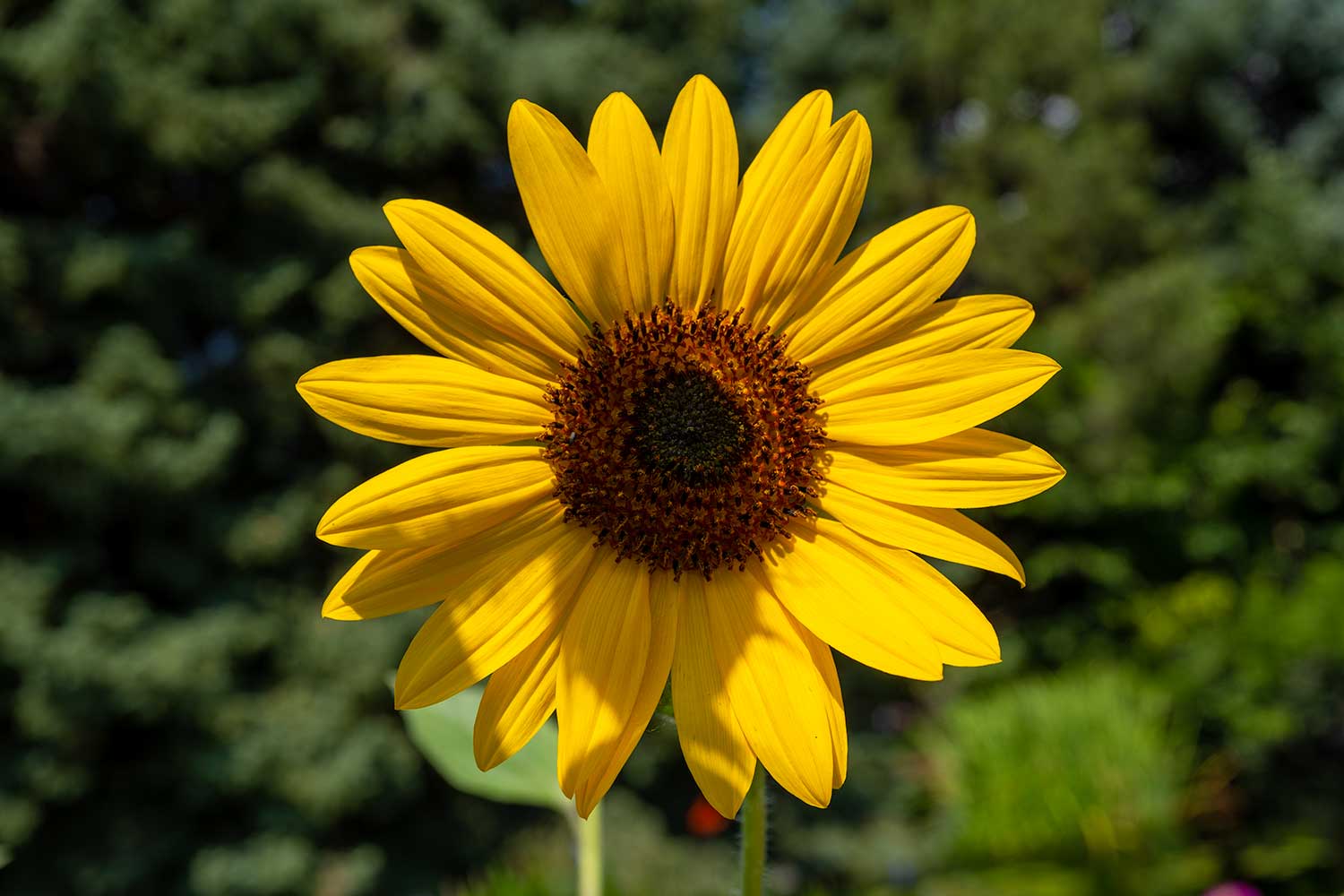
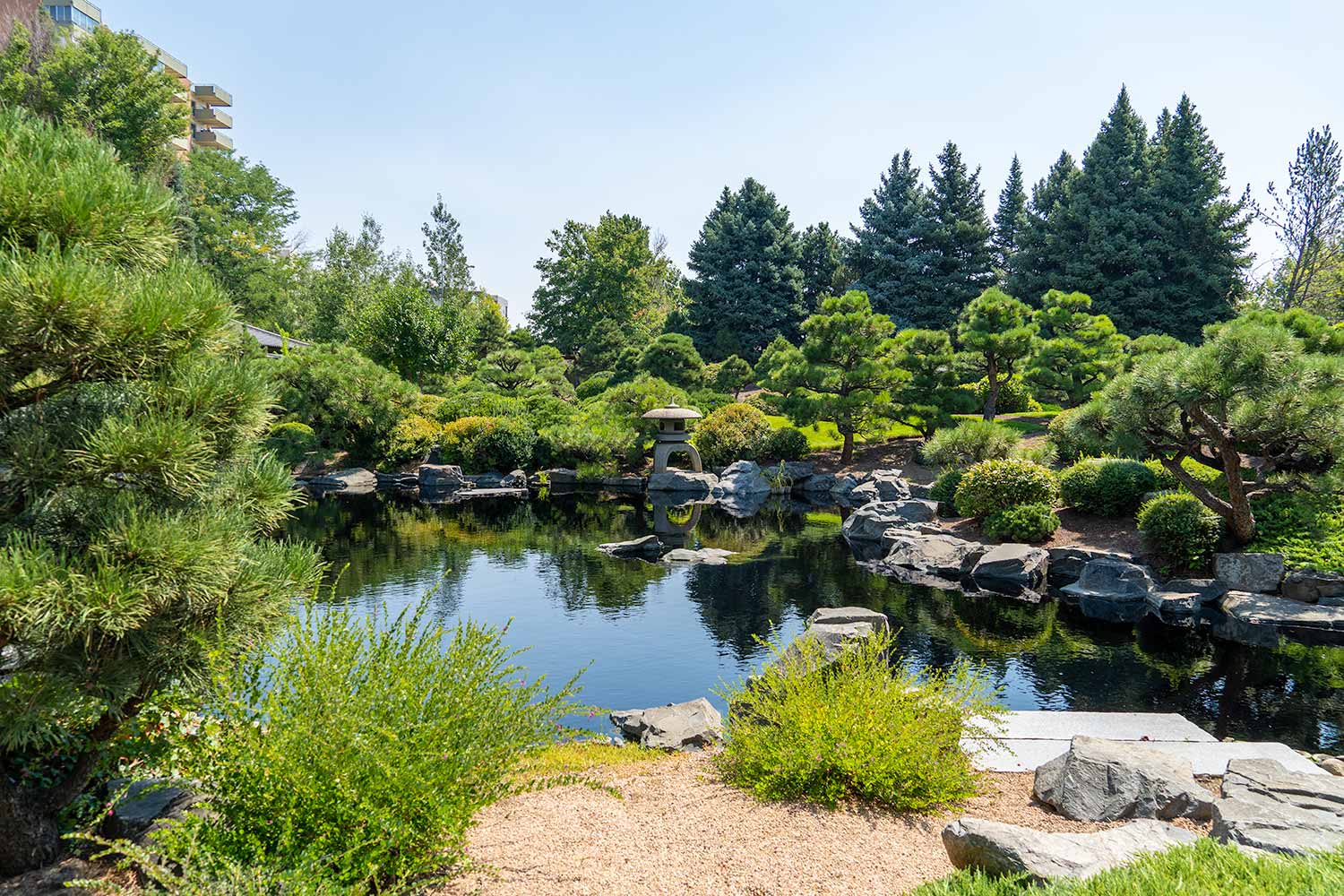
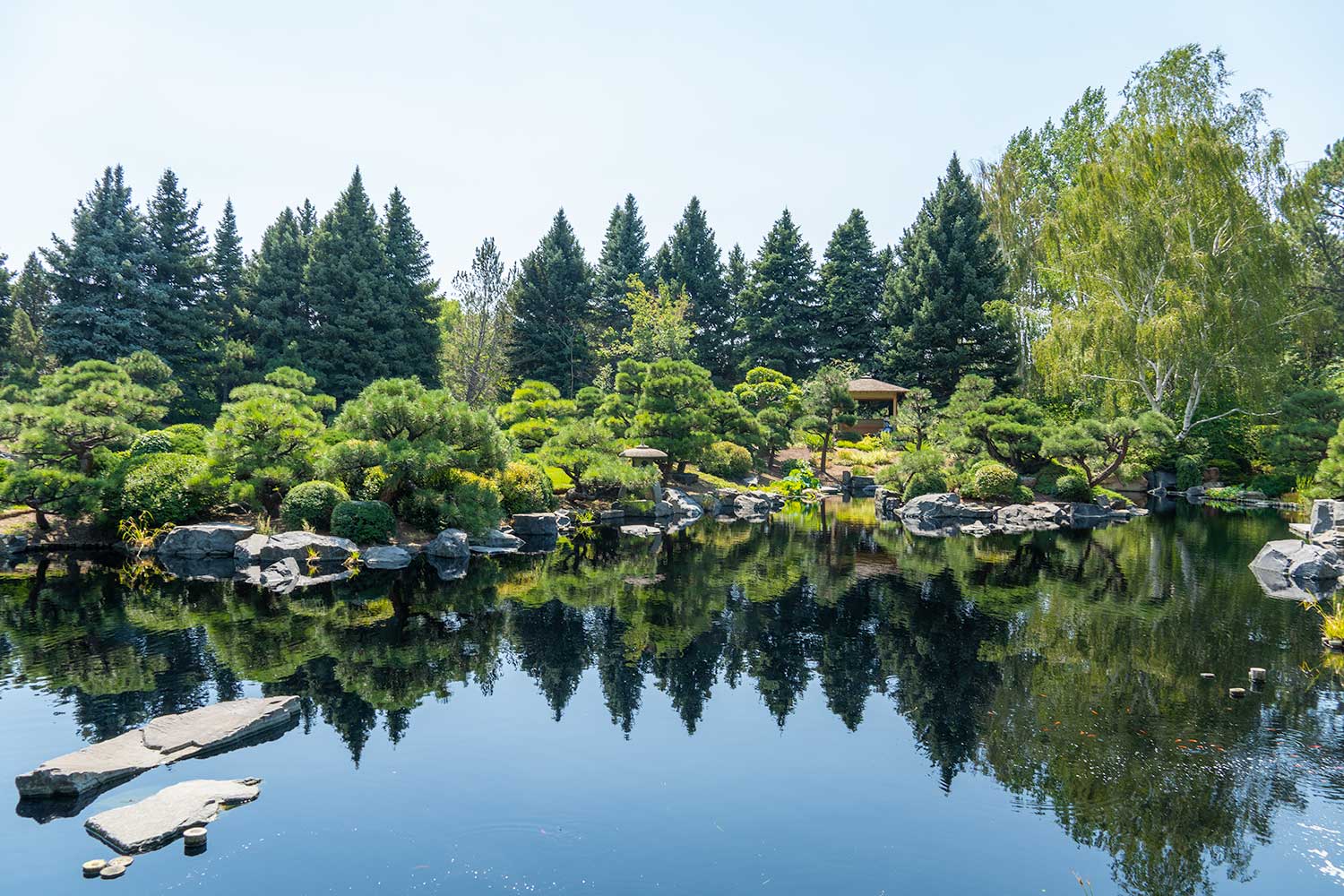
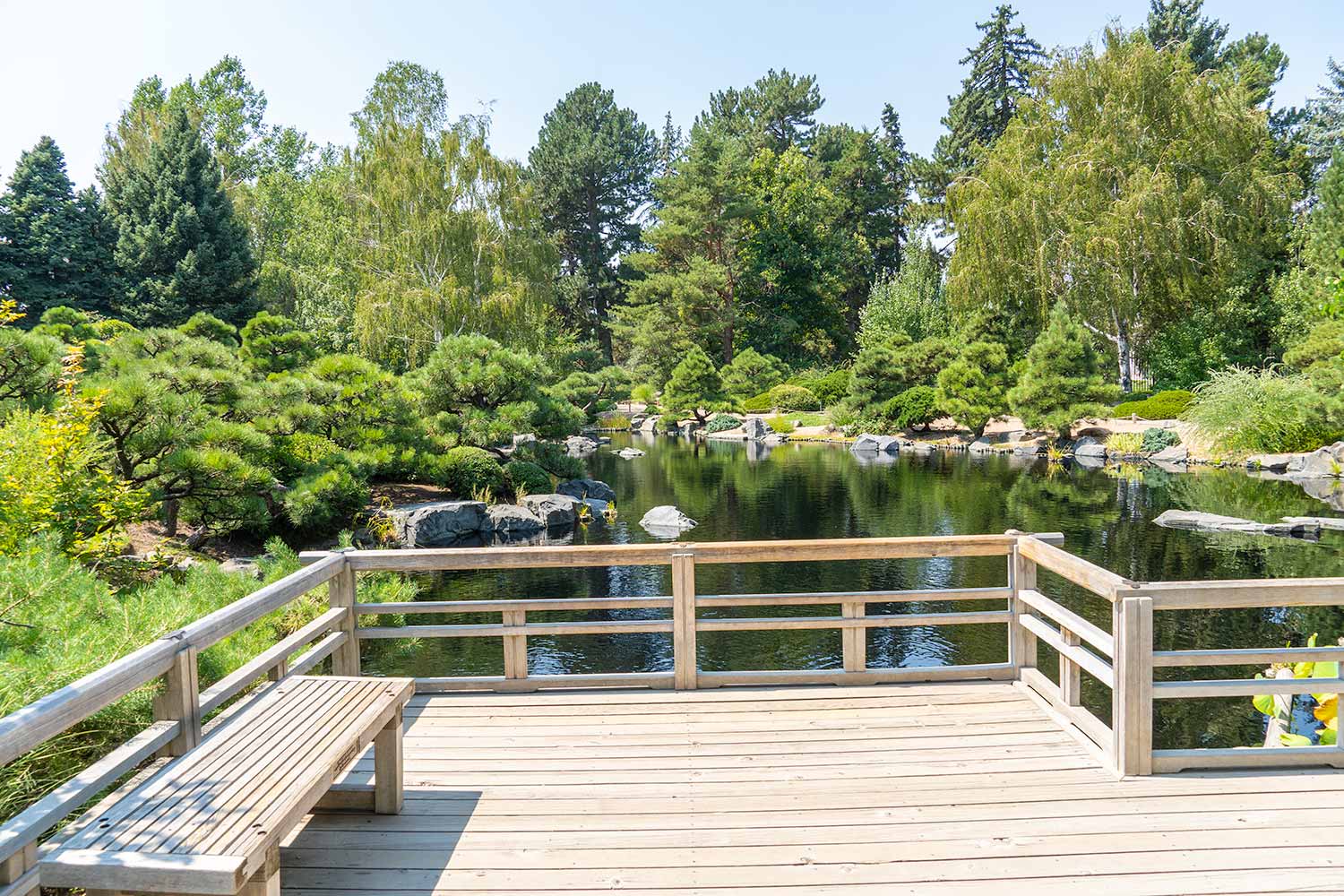
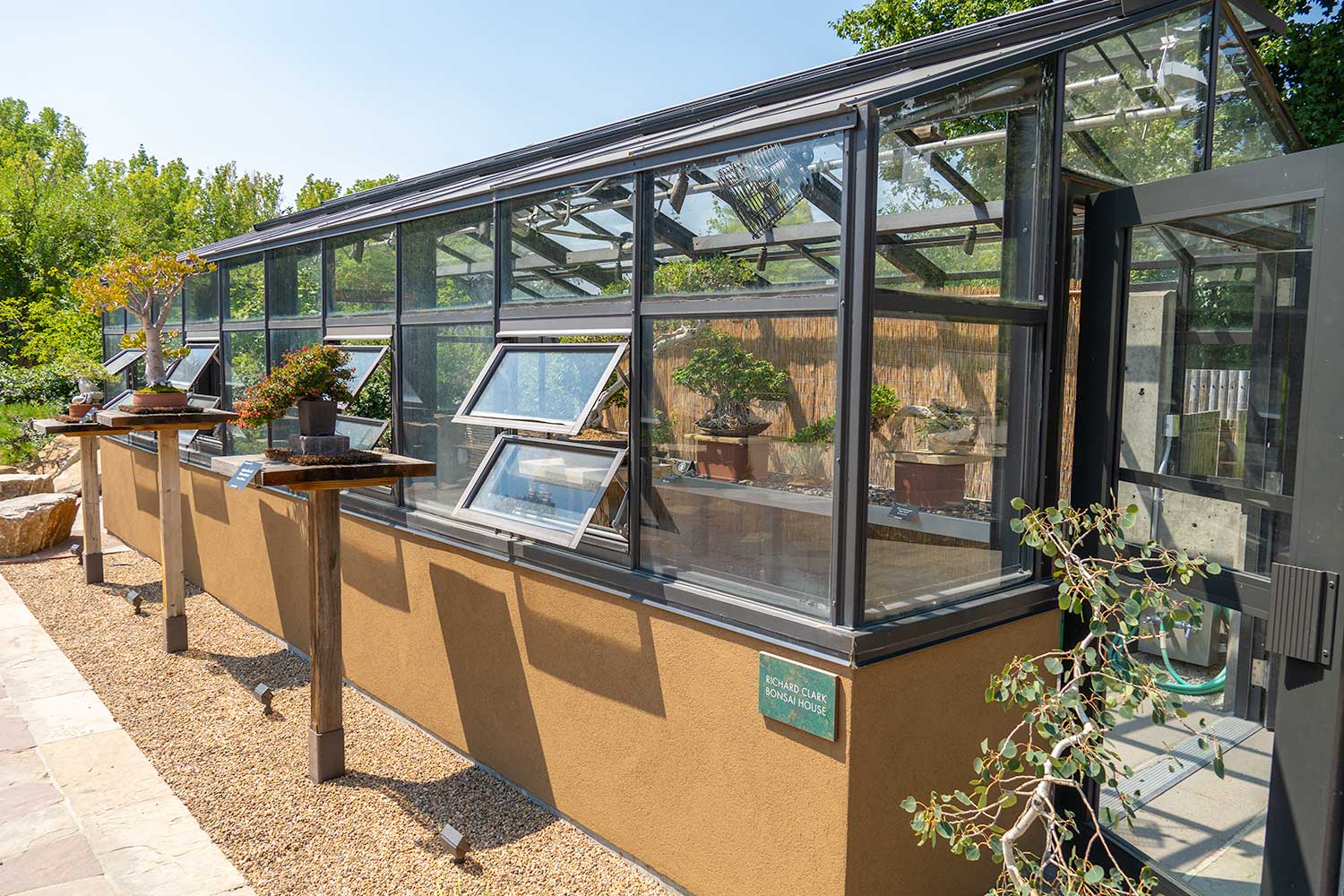
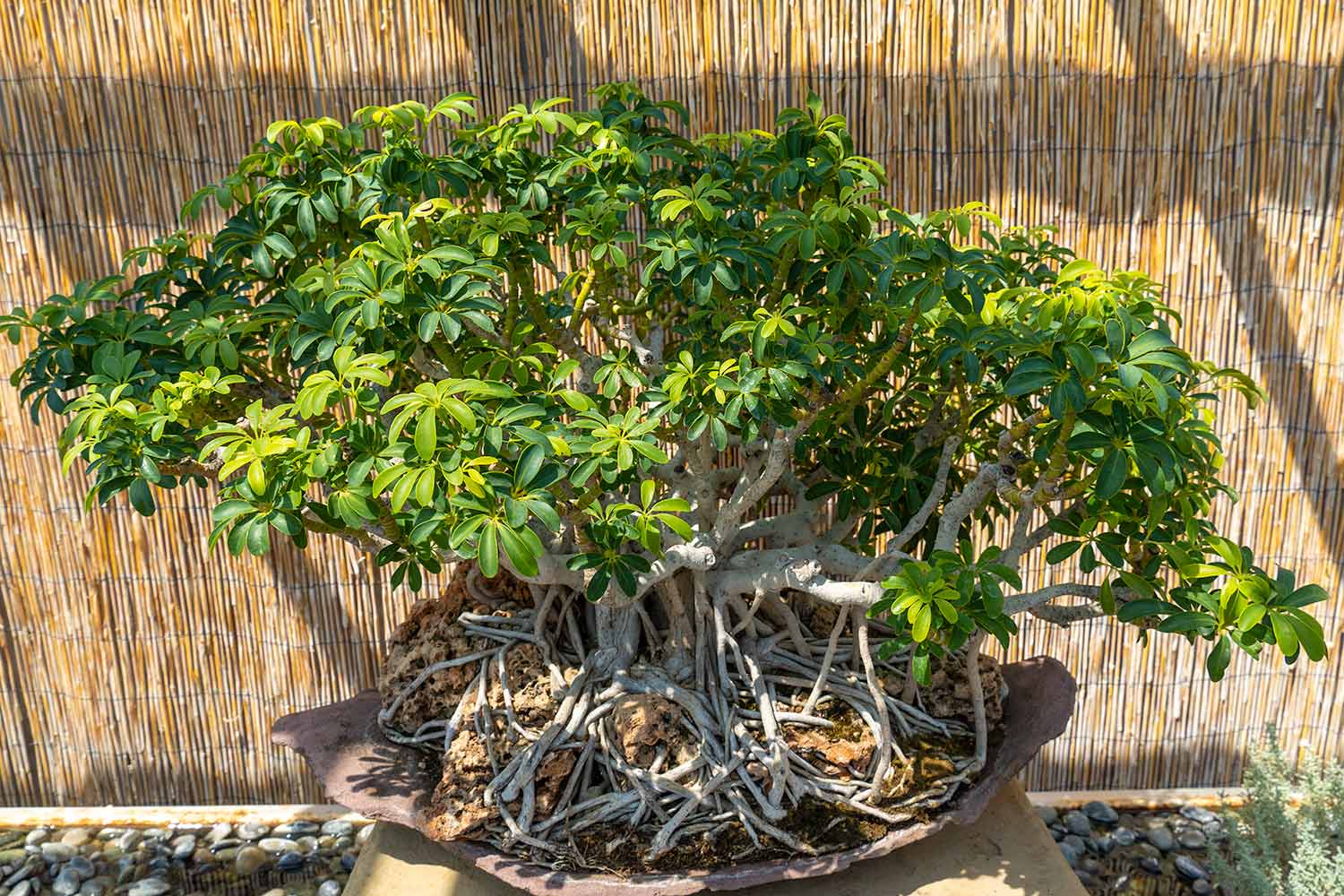
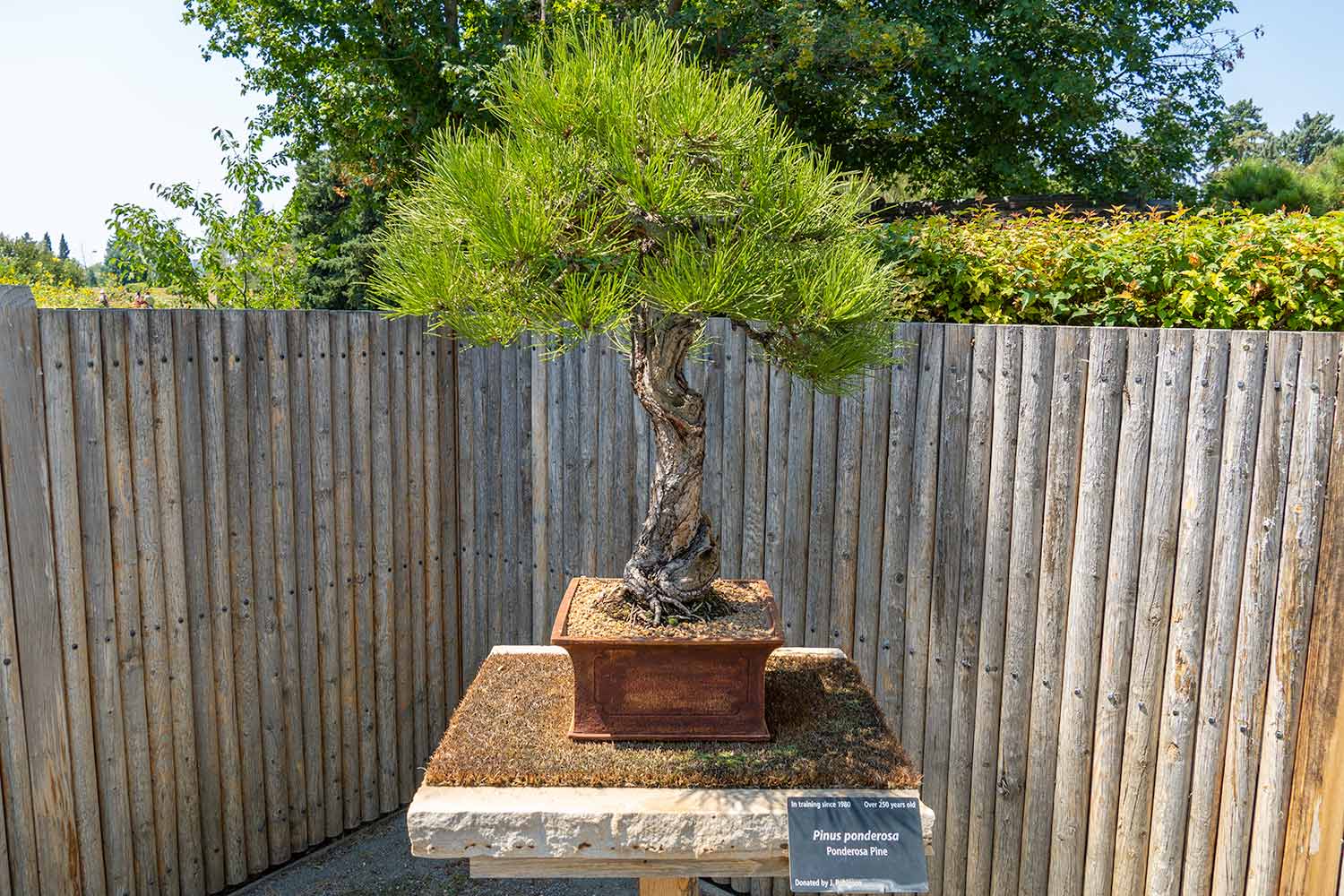
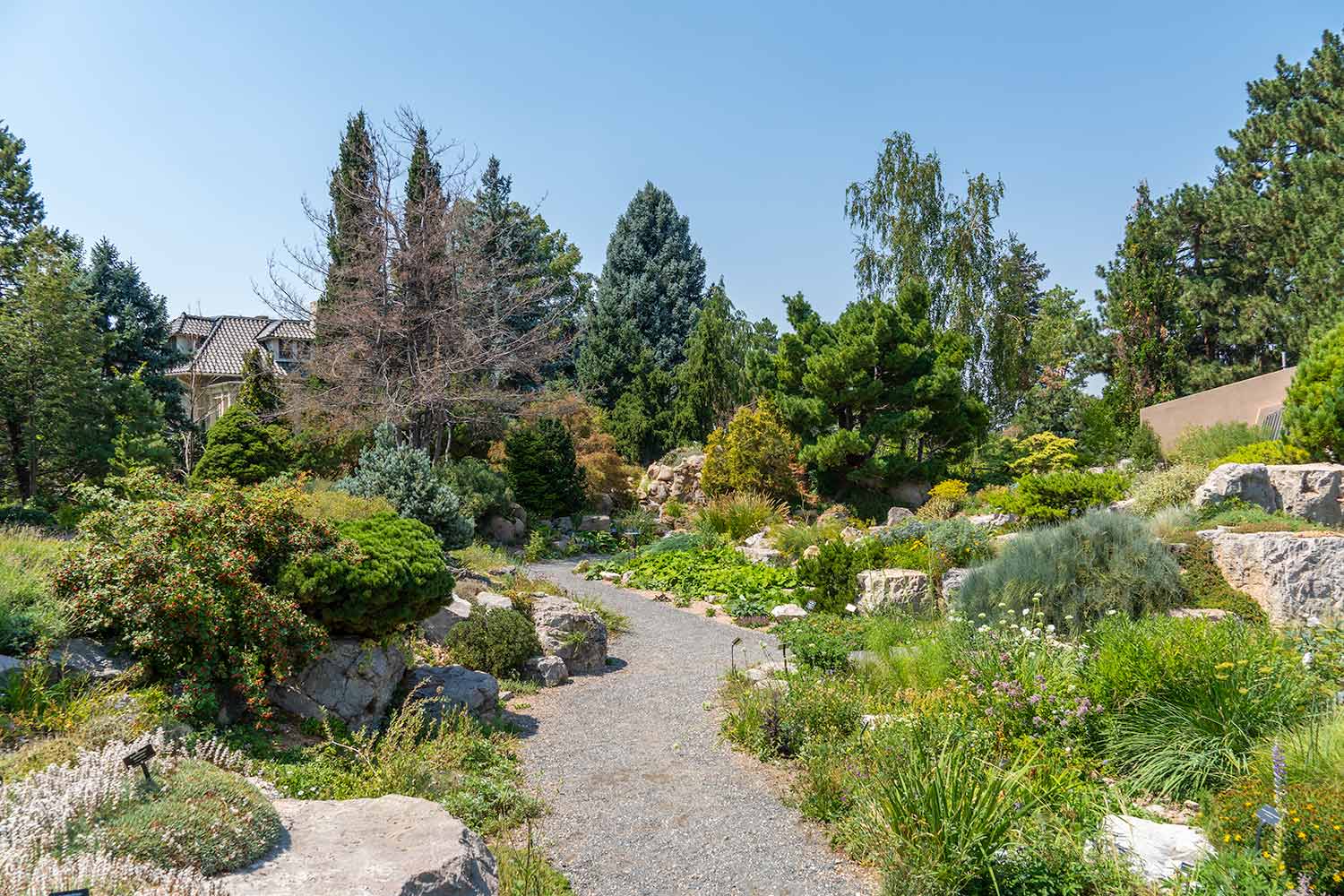
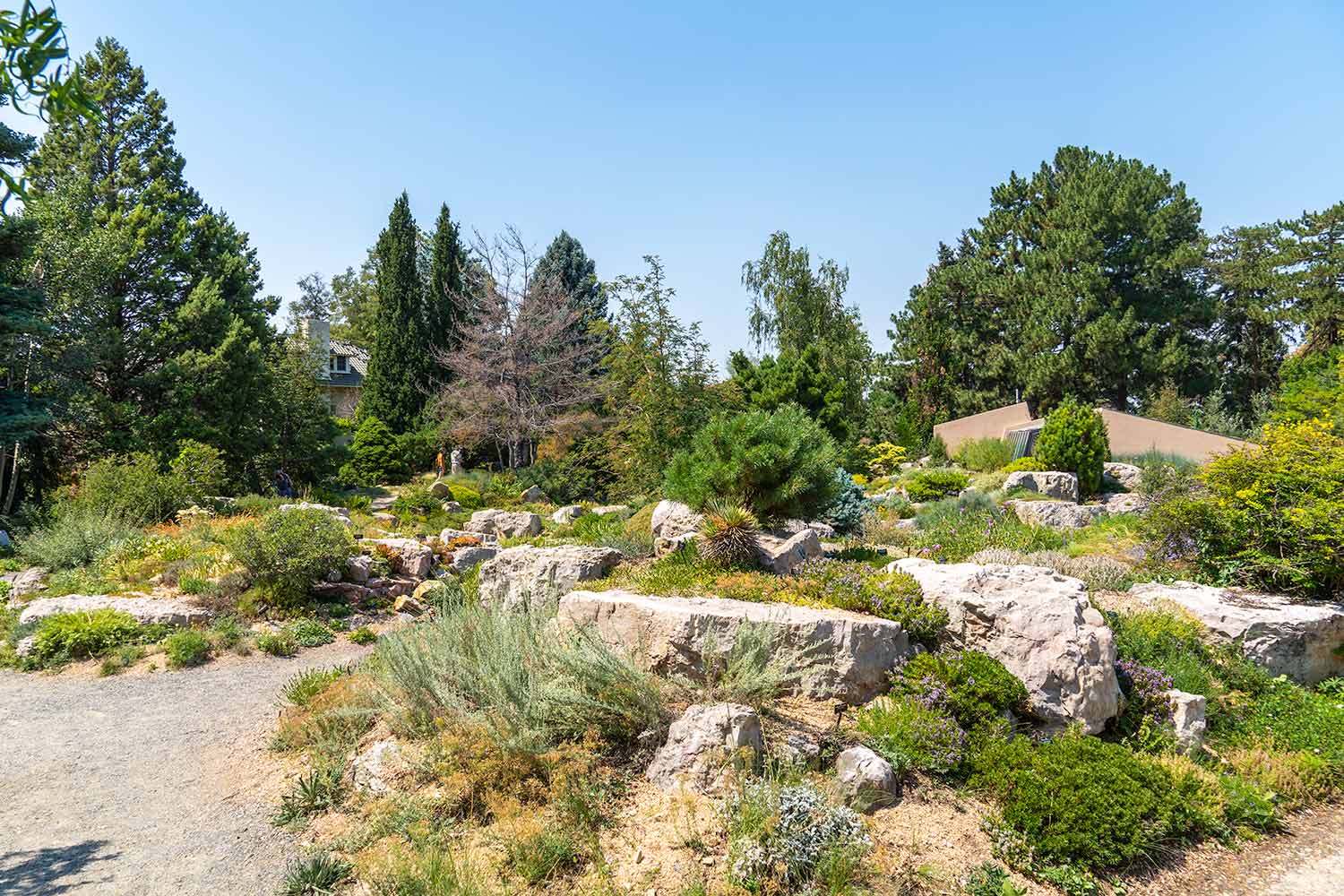
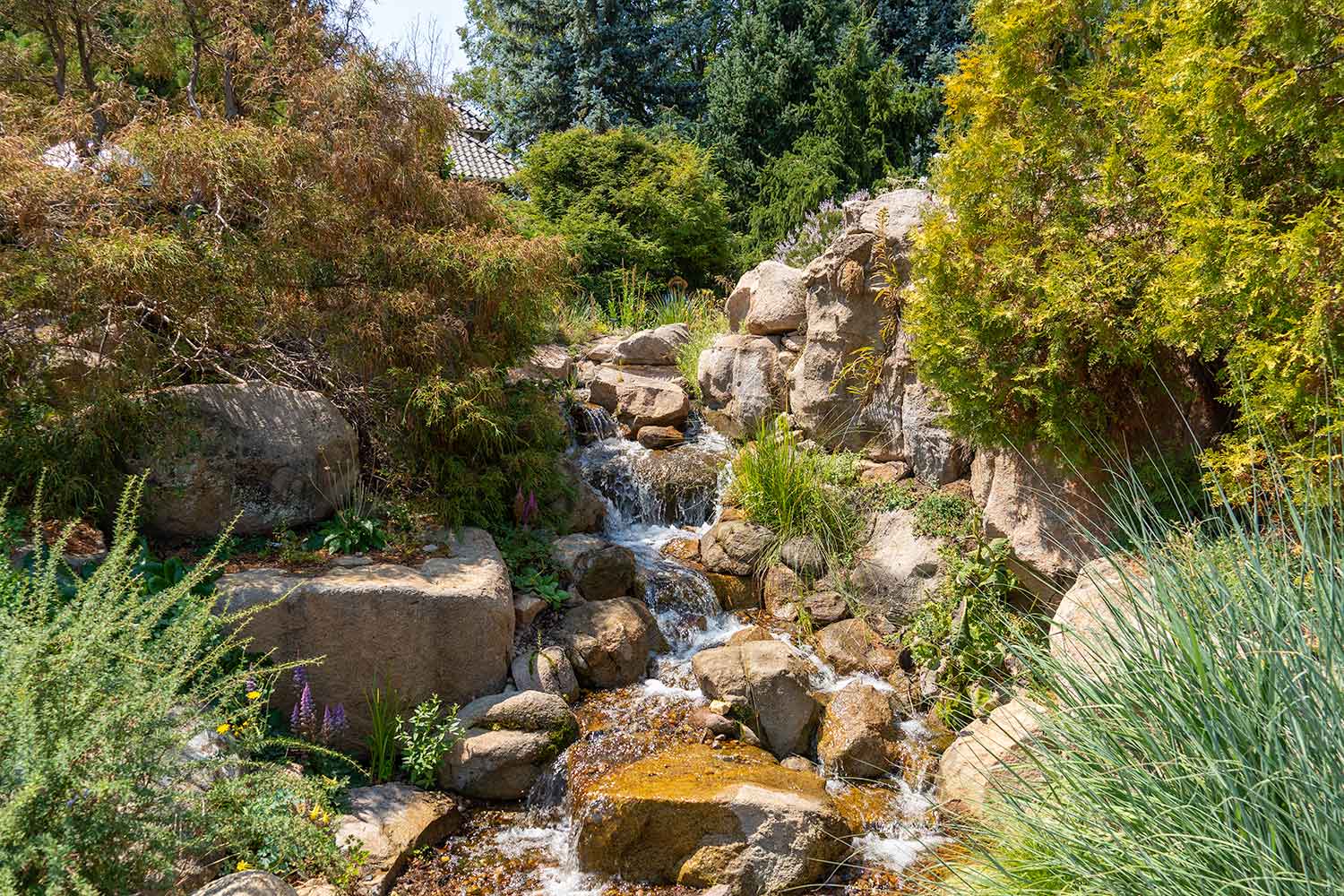
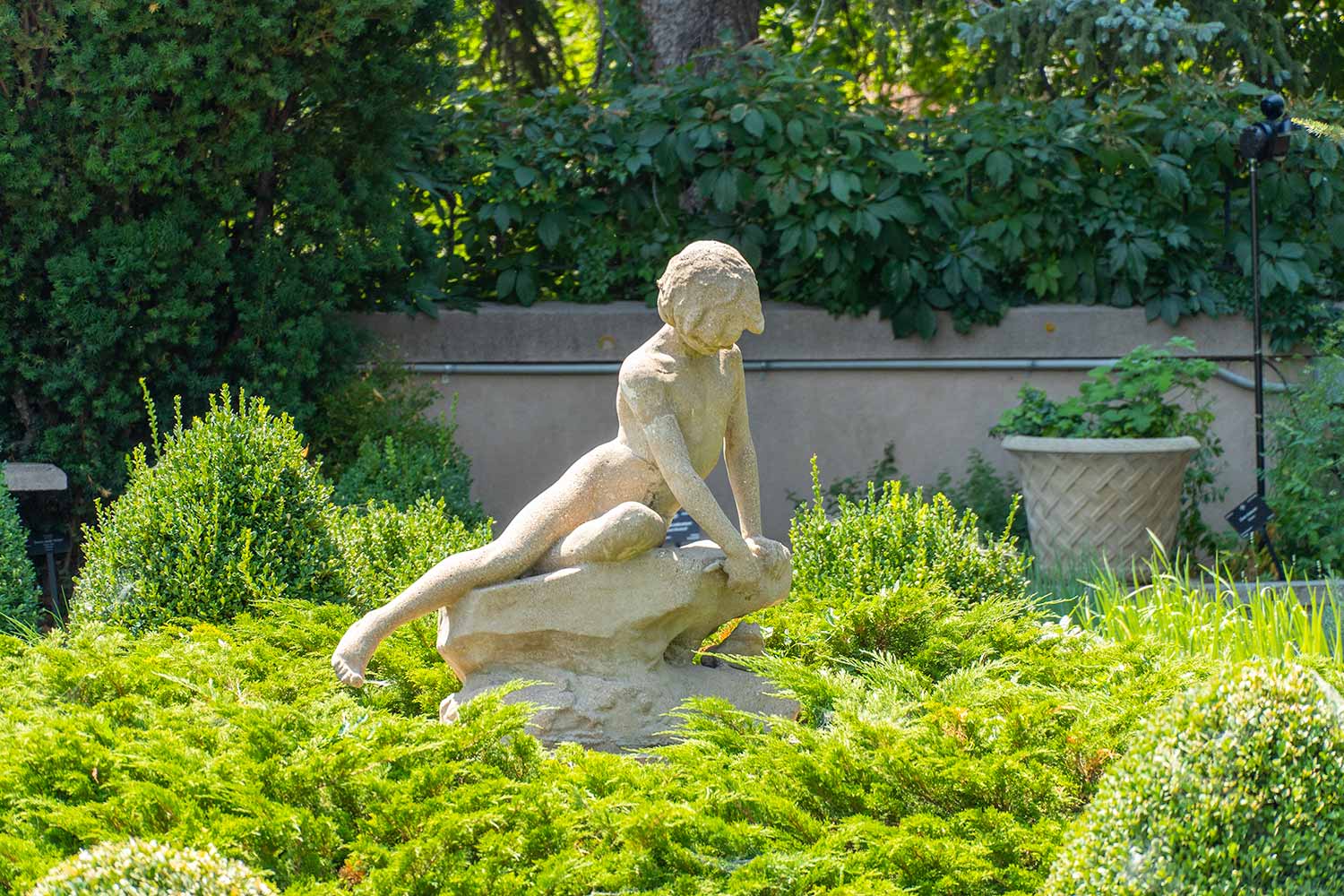
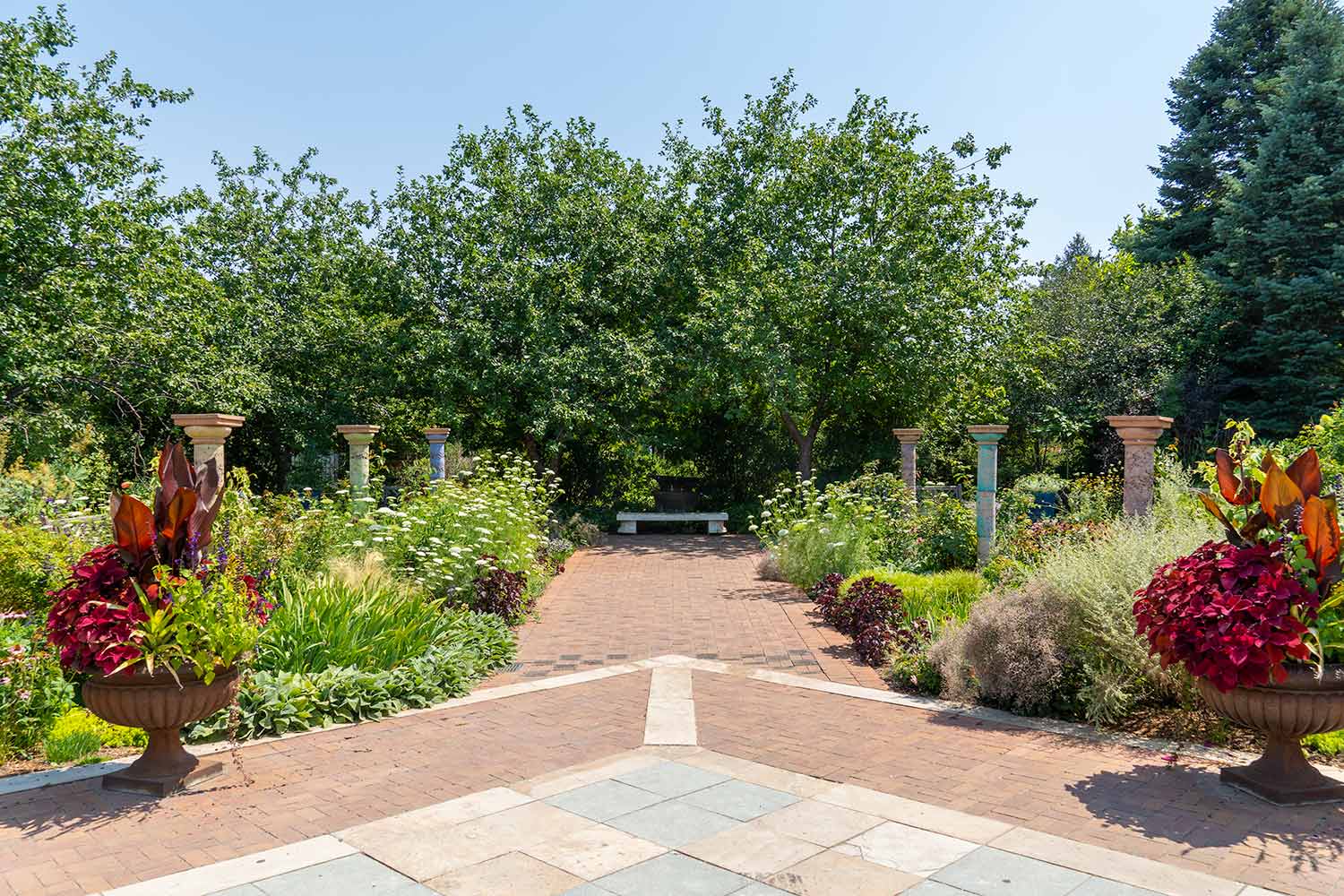
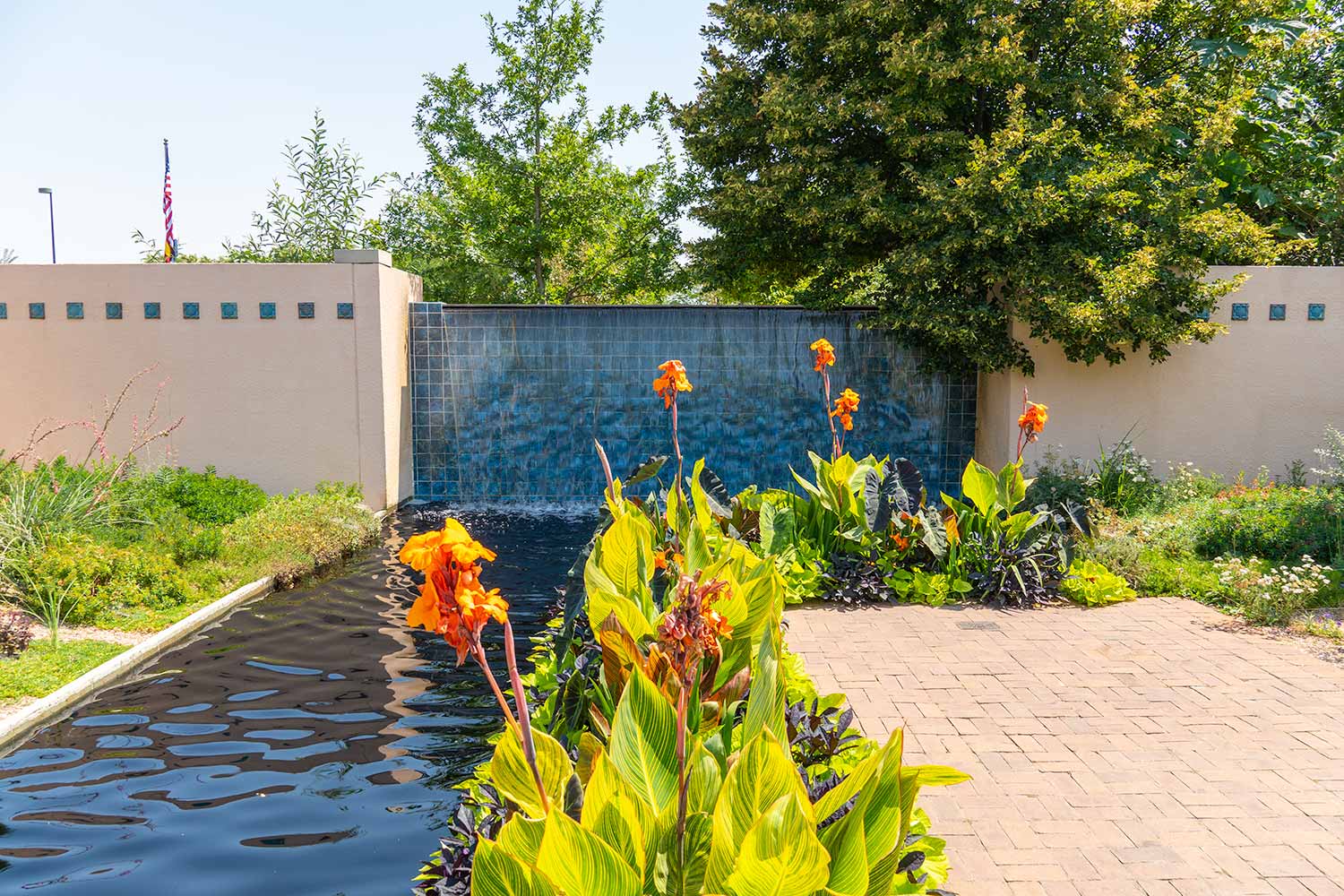
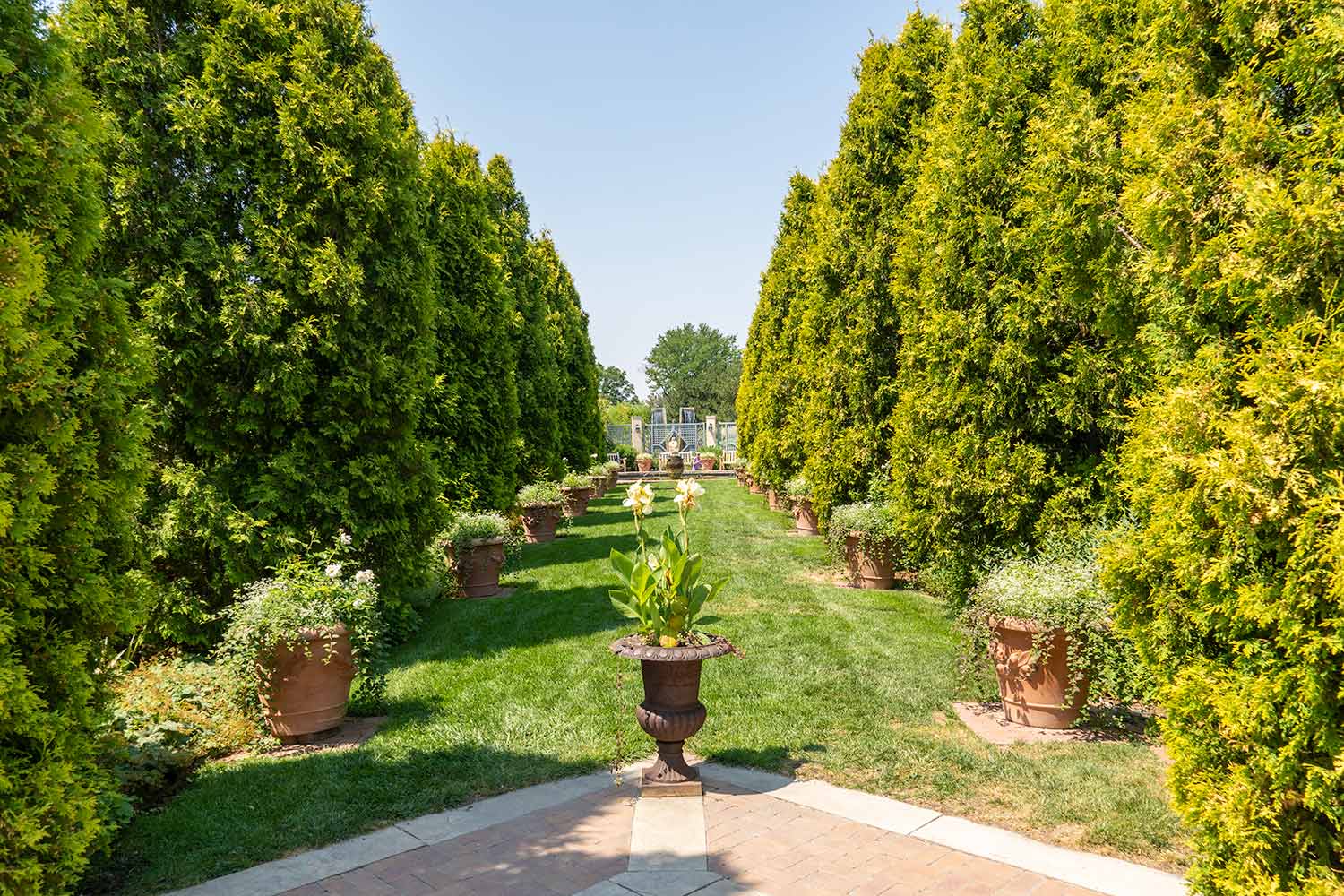
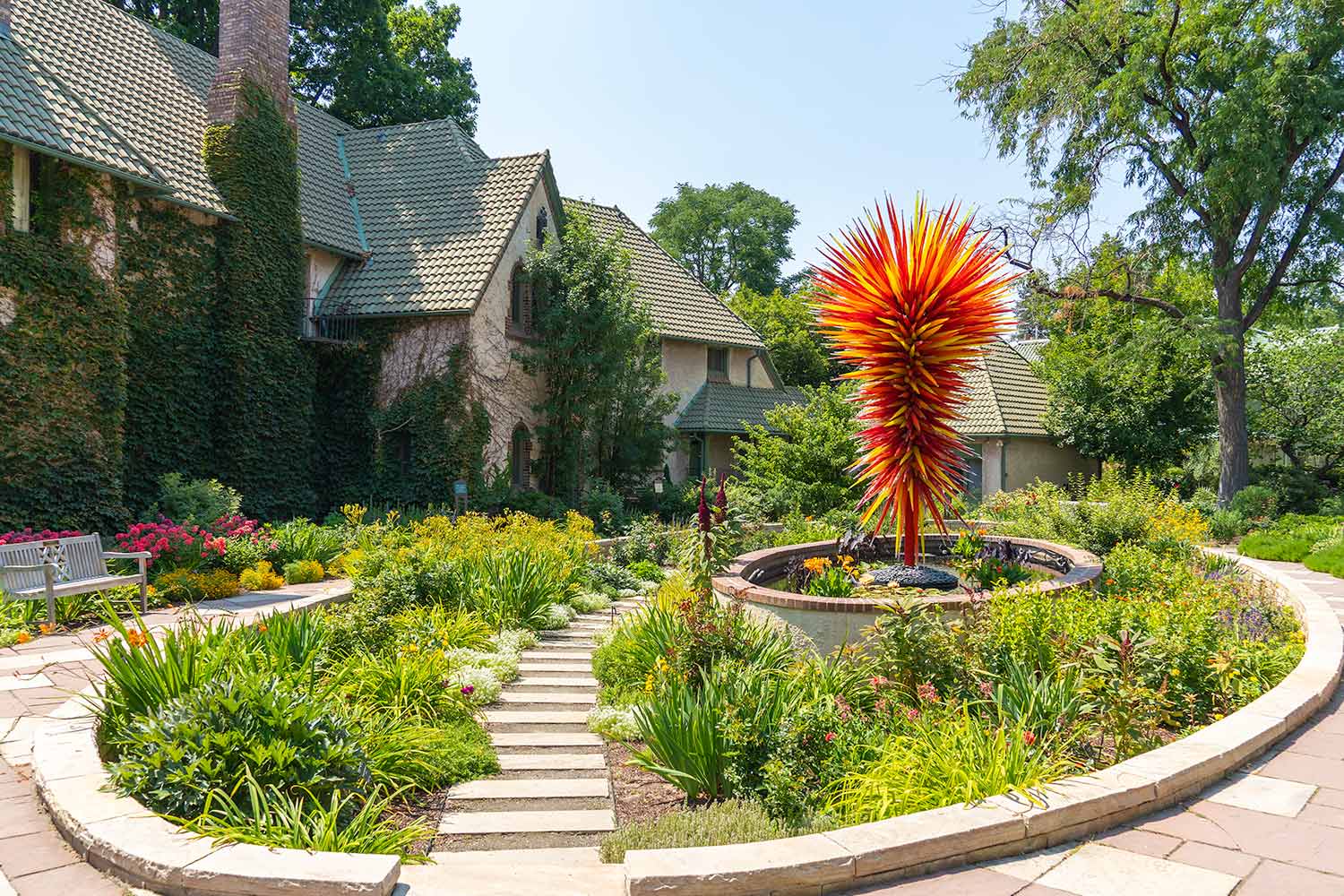
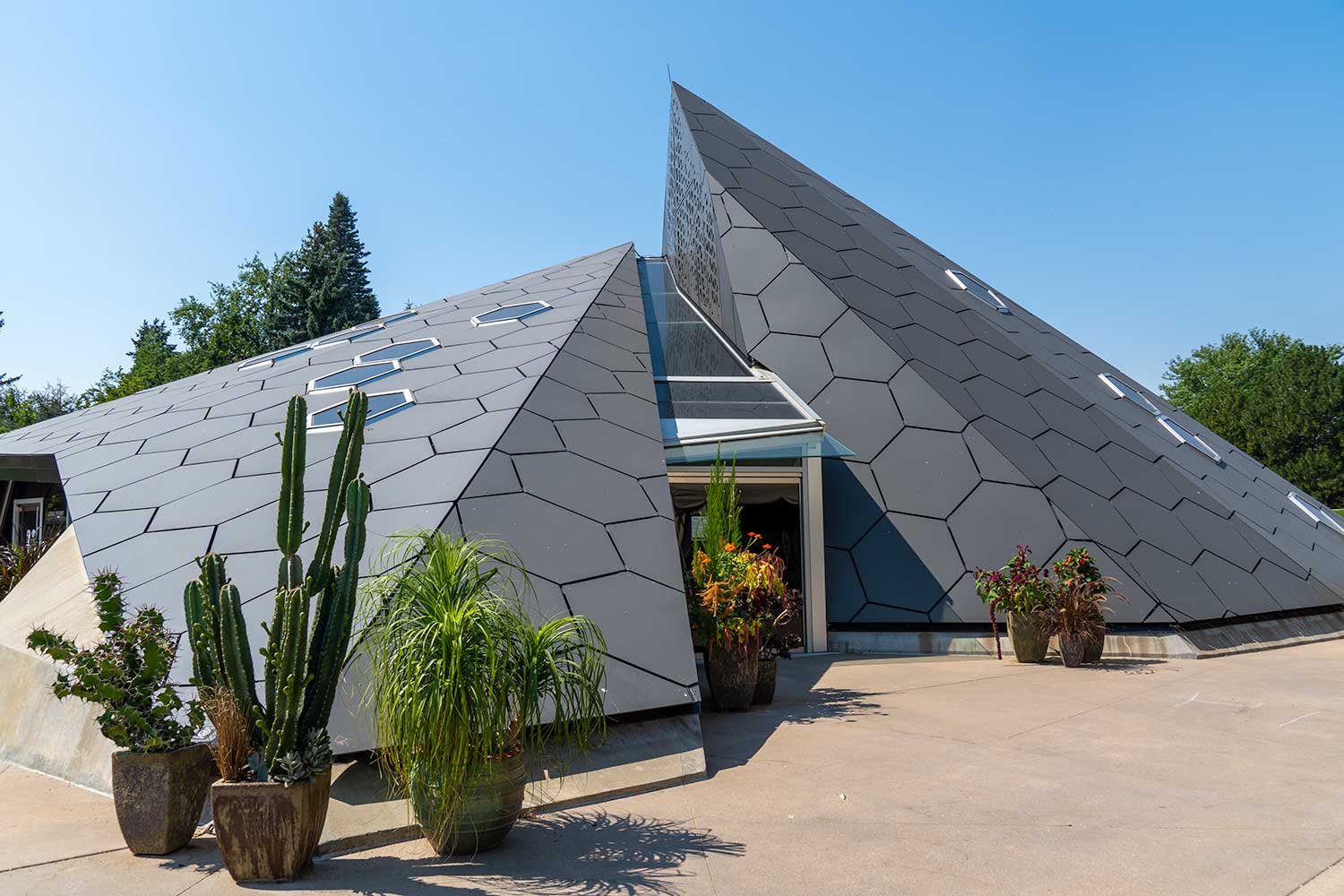
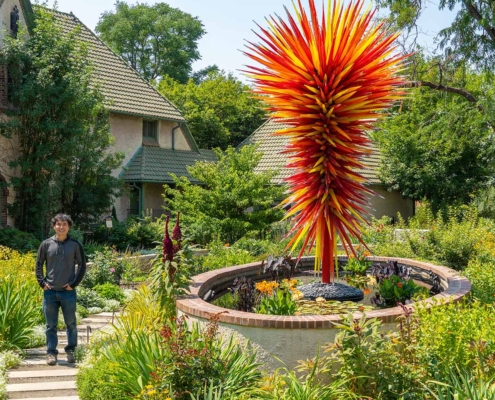 © Copyright - Ace Adventurer
© Copyright - Ace Adventurer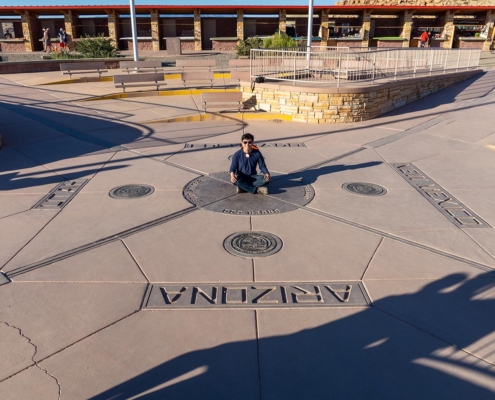 © Copyright - Ace Adventurer
© Copyright - Ace Adventurer © Copyright - Ace Adventurer
© Copyright - Ace Adventurer © Copyright - Ace Adventurer
© Copyright - Ace Adventurer
You know I’ve never actually cared much about gardens. Never realized many of them were so beautiful! I’ll for sure check them out from now on.
Good day very cool photos!!